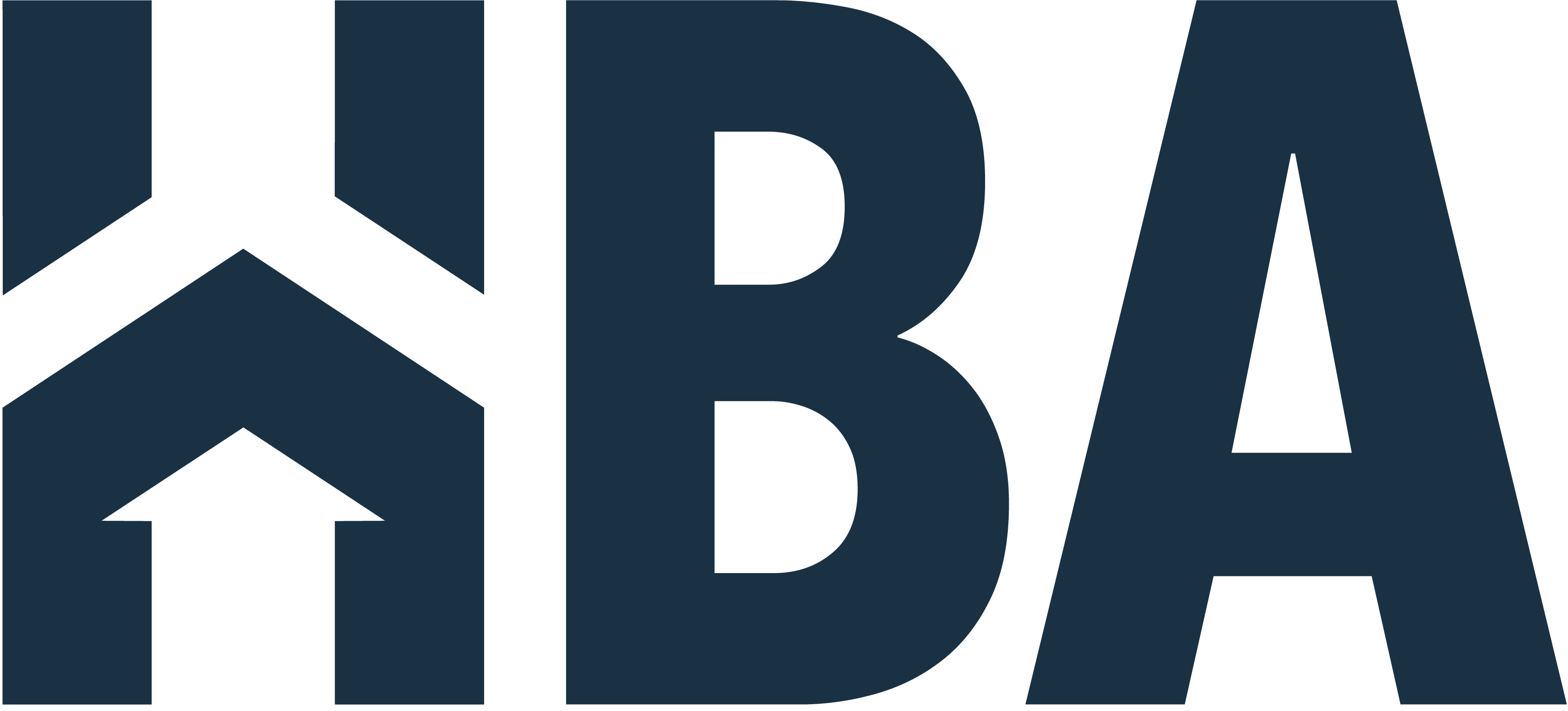The residential remodeling industry, just like any other private industry in the American economy, operates on the basis of competition and profits. Companies enter, stay or exit the industry of their own volition, driven by consumer demand for their services and the expectation of a rate of return commensurate with the risk taken. Because reliable information is critical to make sound business decisions, industries can help their current and potential members by producing average aggregate levels of profitability and indicators of financial health. For this reason, the National Association of Home Builders periodically conducts the Remodelers’ Cost of Doing Business Study – a nationwide survey of residential remodeling companies designed to produce profitability benchmarks for that segment of the construction industry. The latest study collected information for fiscal year 2018 and compares findings to fiscal years 2011 and 2015.
The 2020 edition of the study shows that while gross profit margins increased slightly, net margins have been flat. On average, remodelers reported $2.3 million in revenue for fiscal year 2018, of which $1.6 million (69.9%) was spent on cost of sales (e.g., labor, material, and trade contractor costs) and another $563,000 (24.8%) on operating expenses (e.g., general and administrative, finance, and S&M expenses, owner’s compensation). As a result, the industry average gross profit margin for 2018 was 30.1%, with a net margin of 5.2%.
 The figure below puts these margins in historical context. It shows that remodelers have been able to effectively reduce their cost of sales (as a % of revenue) in recent years, allowing them to increase their gross profit margin up from 26.8% in 2011, to 28.9% in 2015, and then to 30.1% in 2018. Higher operating expenses swallowed up higher gross margins in 2018, however, and remodelers averaged a net profit margin of 5.2%, essentially the same as in 2015 (5.3%), but significantly better than in 2011 (3.0%).
The figure below puts these margins in historical context. It shows that remodelers have been able to effectively reduce their cost of sales (as a % of revenue) in recent years, allowing them to increase their gross profit margin up from 26.8% in 2011, to 28.9% in 2015, and then to 30.1% in 2018. Higher operating expenses swallowed up higher gross margins in 2018, however, and remodelers averaged a net profit margin of 5.2%, essentially the same as in 2015 (5.3%), but significantly better than in 2011 (3.0%).
 In terms of the balance sheet, residential remodelers reported an average of $421,000 in total assets for fiscal year 2018. Of that, $220,000 (52.3%) was owed as either current or long-term liabilities, and the remaining $200,000 (47.7%) was owned free and clear by the remodelers.
In terms of the balance sheet, residential remodelers reported an average of $421,000 in total assets for fiscal year 2018. Of that, $220,000 (52.3%) was owed as either current or long-term liabilities, and the remaining $200,000 (47.7%) was owned free and clear by the remodelers.
 Looking back shows that remodelers’ average total assets increased by more than 50% from 2011 to 2015, rising from $269,000 to $414,000. By 2018, however, average assets were only 2% higher than in 2015, at $421,000.
Looking back shows that remodelers’ average total assets increased by more than 50% from 2011 to 2015, rising from $269,000 to $414,000. By 2018, however, average assets were only 2% higher than in 2015, at $421,000.
The figure below also shows remodelers lowering their reliance on debt to run their businesses. In 2011, they reported liabilities equivalent to 65% of their assets; by 2015, they were up to 68%. But in 2018, total liabilities decreased to represent only 52% of remodelers’ total assets. Meanwhile, on the equity front, remodelers in 2018 reported the largest average amount of invested capital ($200,000) in this series, and that financed nearly half (48%) of their assets that year. In contrast, only 35% and 33% of remodelers’ assets were financed by their own equity in 2011 and 2015, respectively.











